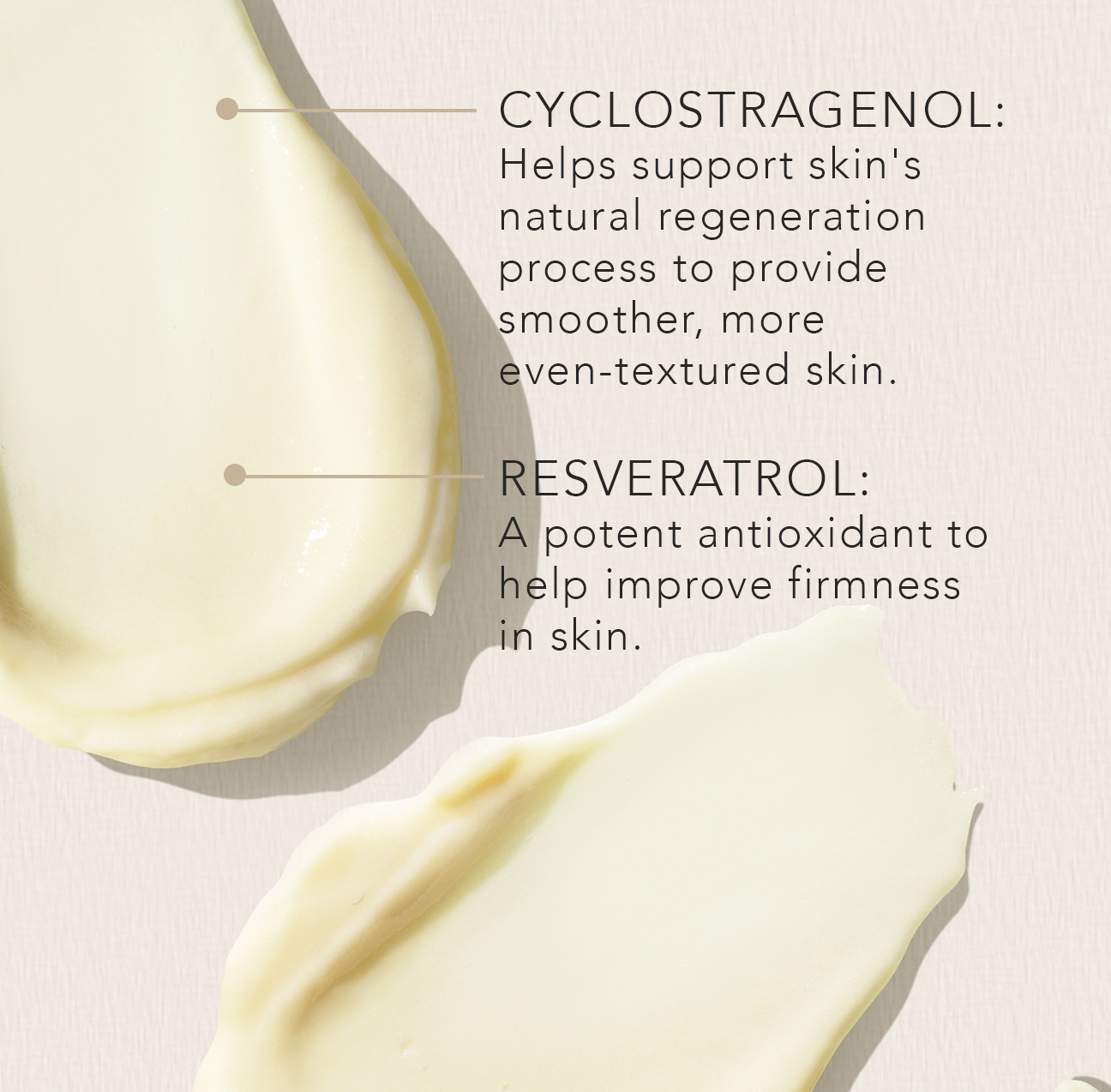Options for Acne Scar Treatment
From a few small pits to dramatic changes in skin texture and appearance, acne and the lasting scars it can leave behind are common sources of frustration with our skin. To figure out which treatment is right for you, it’s important to understand how scarring and discoloration form and which acne scar treatments are appropriate for each case.
Types of Acne Scars
Scarring is a sign of healed skin trauma and can appear in a few different forms.
Atrophic or Depressed Scars
These marks form when there is not enough collagen during the healing process and they are the most common form of acne scars. Atrophic scars are categorized into “icepick”, “boxcar”, or “rolling” scars, depending on their appearance.
Hypertrophic or Raised Scars
When the body makes too much collagen during healing, it creates raised scars that sometimes look like ridges. These are often the result of acne on other parts of the body, like the back or chest. They sometimes require a different approach than atrophic scars.
Hyperpigmentation or Dark Spots
While many people see this as scarring, the darker skin left behind from skin healing isn’t scar tissue. Instead, this is an overproduction of melanin and it definitely requires its own solutions.
Acne Scar Treatments
Dermatologists and aestheticians have a range of treatments that can help with the appearance and pain of acne scarring.
Treatments for Atrophic and Hypertrophic Scars
- Acne Scar Surgery: Minor procedures that lift scars closer to the surface and break up scar tissue so that a new, less noticeable scar can form and fade over time. Often done before resurfacing or filler injections.
- Resurfacing Procedures: removing top and/or middle layers of skin, including scar tissue, so that new, smoother skin can develop. This includes dermabrasion, laser resurfacing, and chemical peels. Suitable for mild scars or for deeper scars after surgery
- Fillers: A doctor injects “collagen, the patient’s own fat, or another substance” under depressed scars to plump and smooth the skin. This is often temporary, requiring multiple treatments.
- Microneedling: The practitioner uses a roller with small needles to make small punctures across the skin to stimulate collagen production, which smoothes skin appearance.
- Glutathione transdermal lotions or creams. Glutathione (GSH) is our body’s most powerful antioxidant and healing ally. Applying glutathione to acne scars can help reduce their prominence by facilitating cellular regeneration and repairing damaged skin. Auro’s patented GSH Spray skincare products are unique in that they provide glutathione in the most absorbable form on the market.
Treatments for Hyperpigmentation
Hyperpigmentation usually doesn’t require in-office procedures. Instead, look for products like retinoid cream, exfoliant serums or toners, and brightening ingredients like Vitamin C and glutathione. Glutathione can even or brighten stubborn dark spots because it blocks the activities of tyrosinase, the enzyme that creates melanin. Research like this 2014 study on glutathione lotion demonstrates that this miracle molecule can lead to significant fading of hyperpigmentation.
If you’re looking for relief from acne scarring in a total skincare package, check out Auro REST and WAKE creams. These combine the highest quality skincare ingredients with GSH for an easy-to-use solution. Meanwhile, Auro GSH Spray offers concentrated glutathione with limited extra ingredients.
To learn more, read “Does Glutathione Help Acne?” or get a comprehensive look at what extra glutathione can do for your health with Auro founder Dr. Nayan Patel’s Glutathione Revolution.






